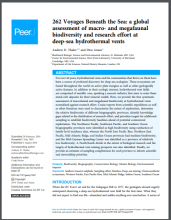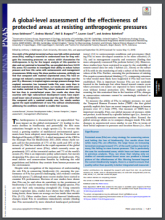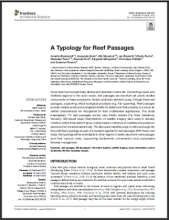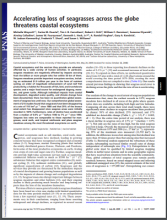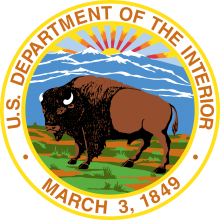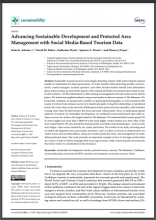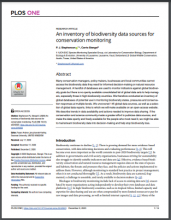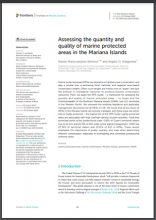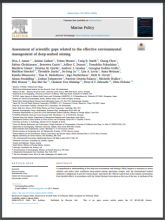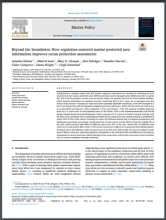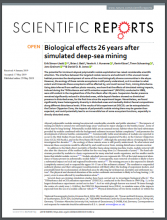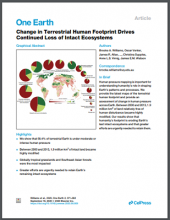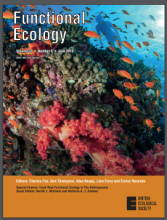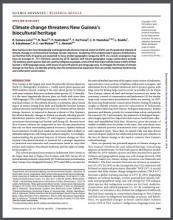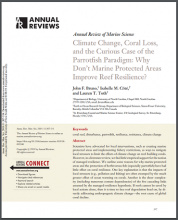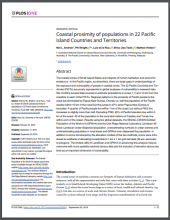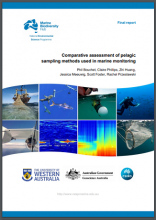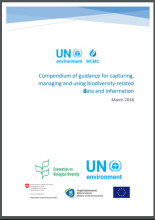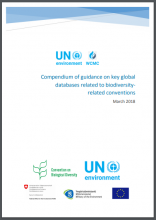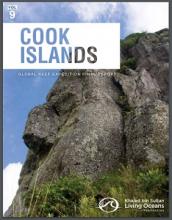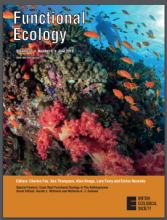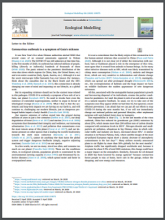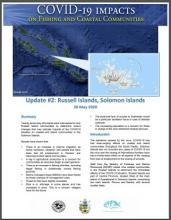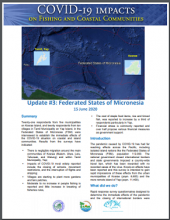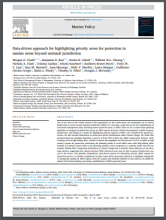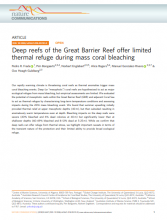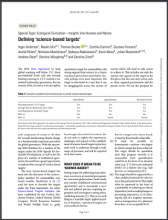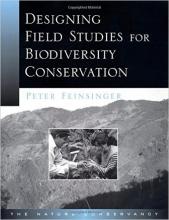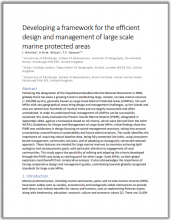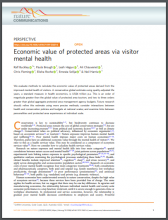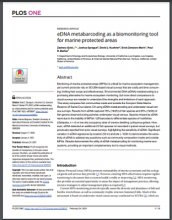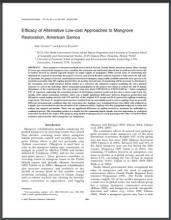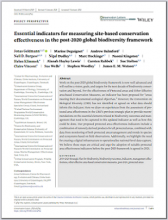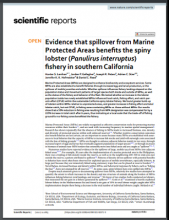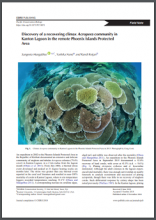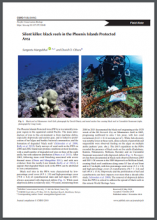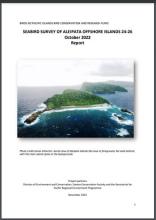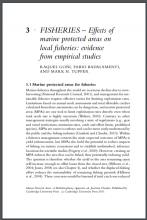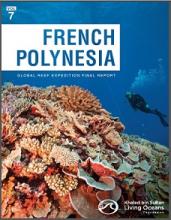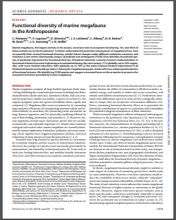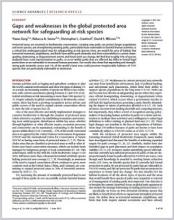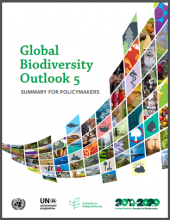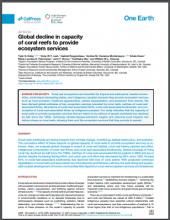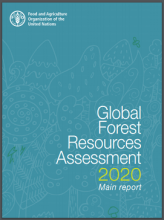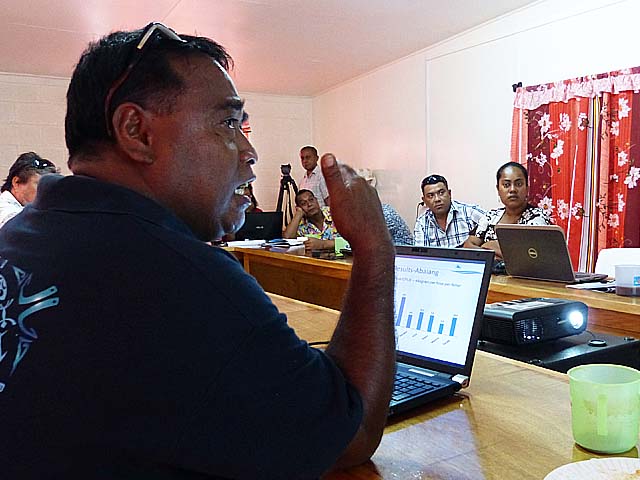
Data analysis and interpretation are part of the evaluation aspect of adaptive management, the process for conserving, protecting, and, where appropriate, restoring lands, waters and other resources in a protected area. Adaptive management is often defined as a system of management practices based upon clearly identified outcomes, where monitoring evaluates whether management actions are achieving desired results (objectives). Adaptive management is a decision process that promotes flexible decision making that can be adjusted in the face of uncertainties as outcomes from management actions and other events become better understood through data analysis and interpretation.
Adaptive management accounts for the fact that complete knowledge about fish, wildlife, plants, habitats, and the ecological processes supporting them may be lacking. The role of natural variability contributing to ecological resilience also is recognized as an important principle of adaptive management. It is not a “trial and error” process, but rather emphasizes learning while doing based upon available scientific information and best professional judgment considering site-specific biotic and abiotic factors in protected areas. Adaptive management results in effective monitoring and evaluation of a protected area management plan.
For many protected area practitioners, data analysis and interpretation can be a daunting task. Often, resources and training are provided on the practical aspects of monitoring without much guidance on how to analyse and interpret the data for adaptive management. However, there is little point in collecting data unless you have plans to use that data for communication and/or adaptive management purposes and it is therefore very important to acquire some skills in this area.
Below are some key resources that can be used by practitioners prior to designing monitoring programs right through to the process of adaptive management. For those who have time and are truly invested in understanding data analysis, Houk’s (2010) guidebook is highly recommended. Beneath the data analysis guidebooks are a short list of references for statistical analysis.
A spatial overview of the global importance of Indigenous lands for conservation
Understanding the scale, location and nature conservation values of the lands over which Indigenous Peoples exercise traditional rights is central to implementation of several global conservation and climate agreements.

